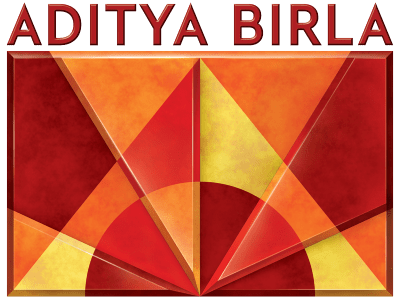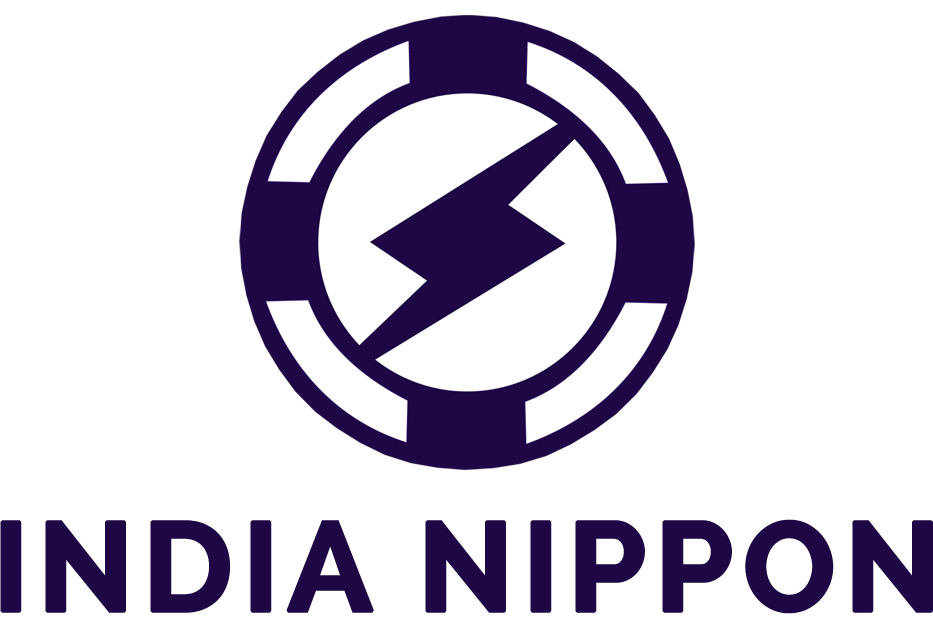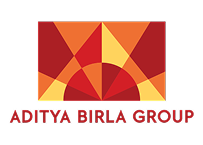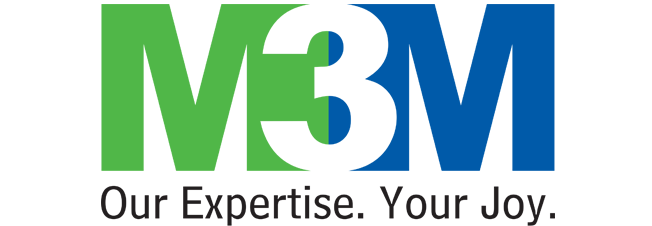Procurement software built for your needs
AI-based procurement platform that automates procurement processes, saves time and gives you complete control over your spending.

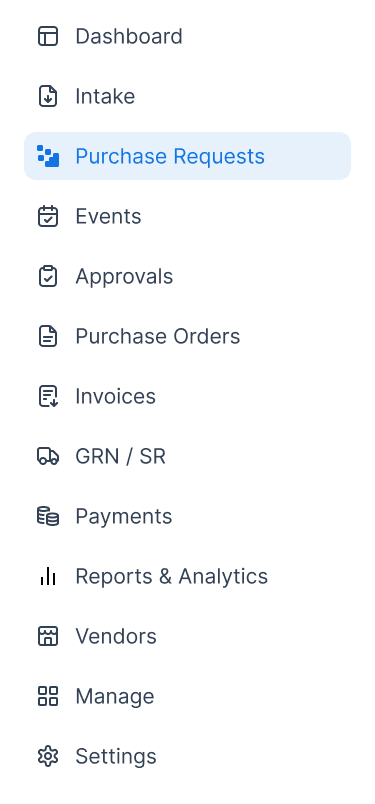
Procurement software trusted by 200+ enterprises globally
Procurement platform to minimize spend and maximize savings
Orchestrate your entire sourcing and purchasing engine with our intuitive procurement system
Strategic Sourcing
Streamline sourcing, strengthen supplier ties, and save more, all from a single, intuitive platform that plugs into your existing procurement tech stack.
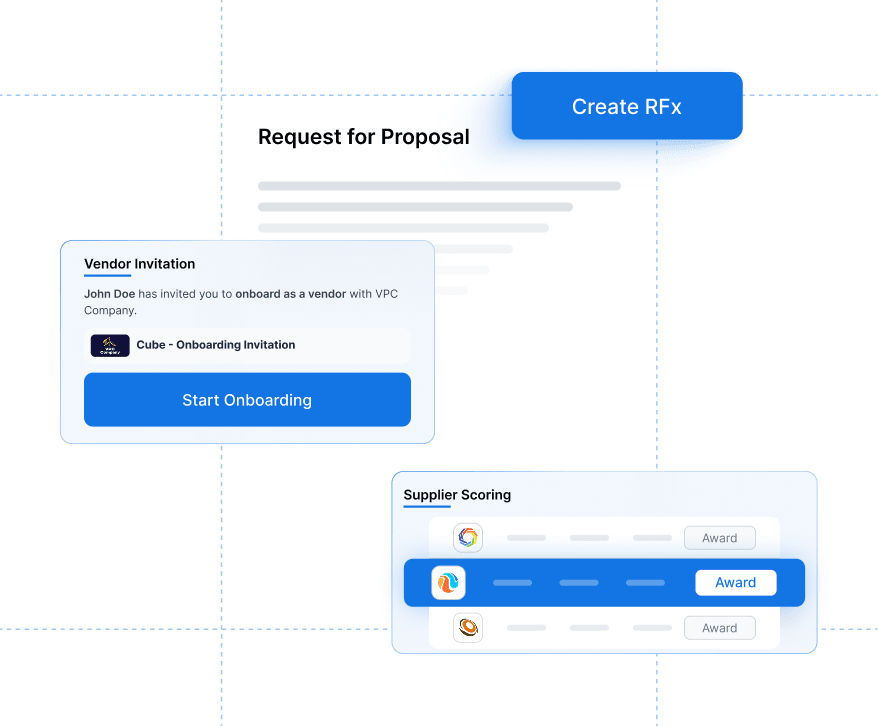
eAuctions
Turn RFQs into competitive auctions in a click or simply launch from scratch. Choose from 45+ auction types and let vendors bid or negotiate from anywhere using a simple, mobile-friendly app.
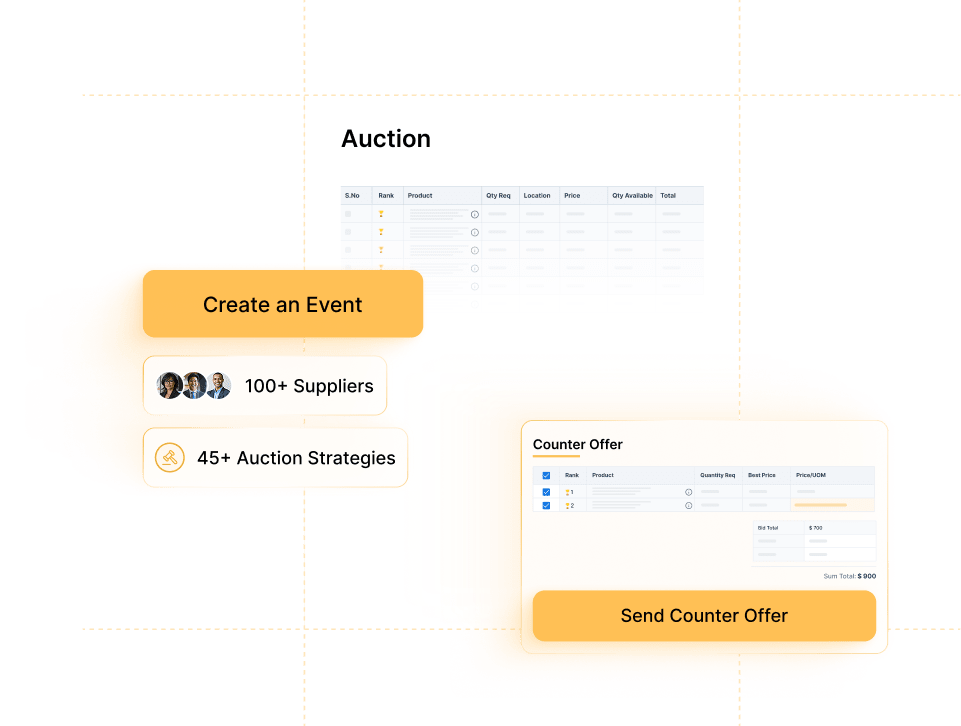
Source to Pay
Manage everything from sourcing to contracts to payments on one platform. Automate workflows, collaborate with suppliers, and gain full visibility across the sourcing and purchasing lifecycle, while ensuring total compliance.
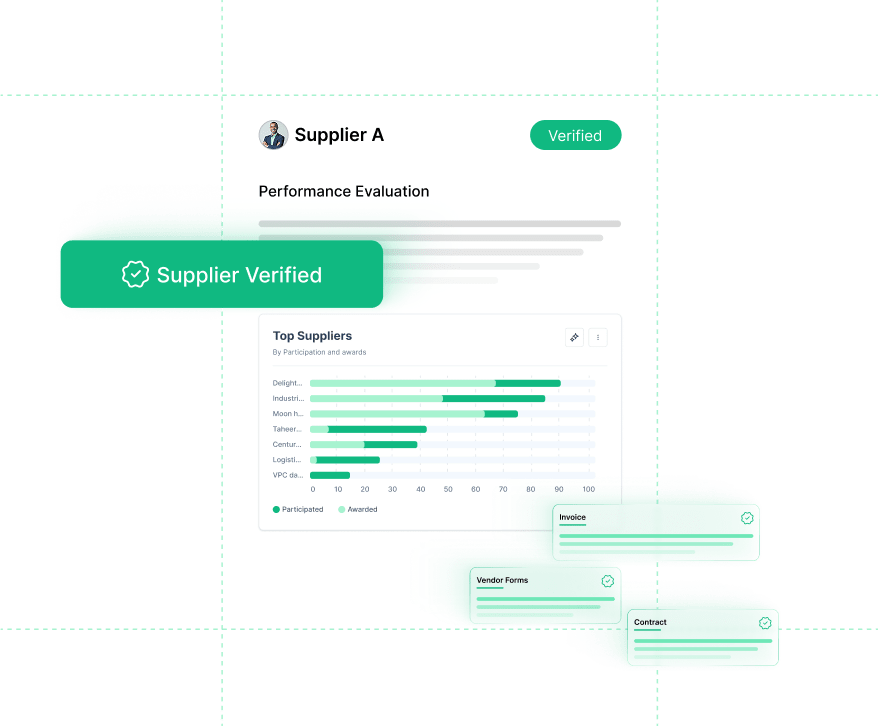
Procure to Pay
A powerful procure-to-pay platform built for control and clarity. Automate every step, eliminate manual tasks, and drive procurement efficiency.
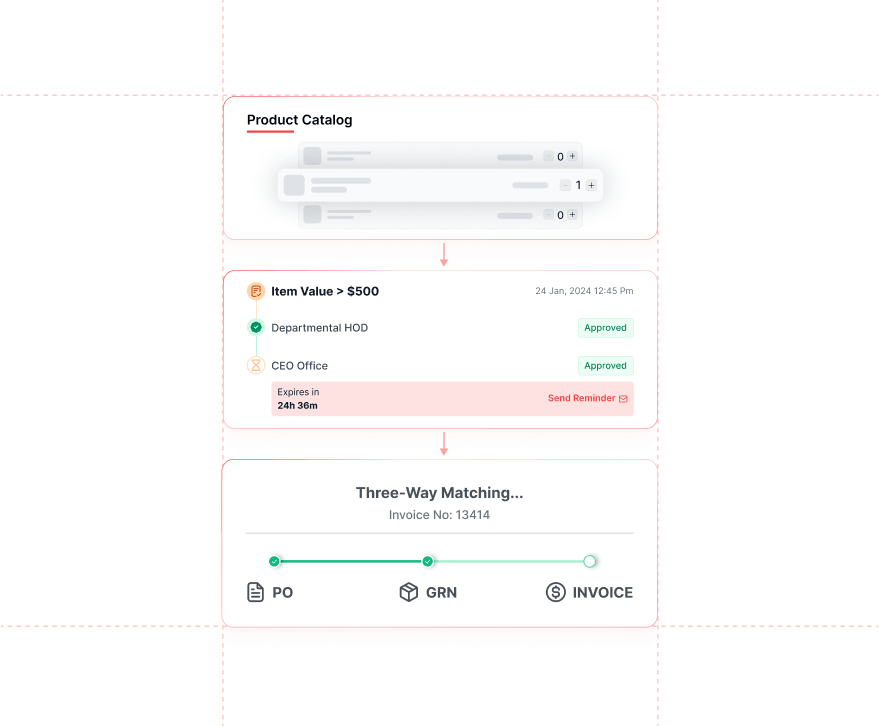
Procurement Orchestration
A procurement orchestration platform that unifies people, processes, and systems for seamless collaboration, total spend visibility, and a unified experience.



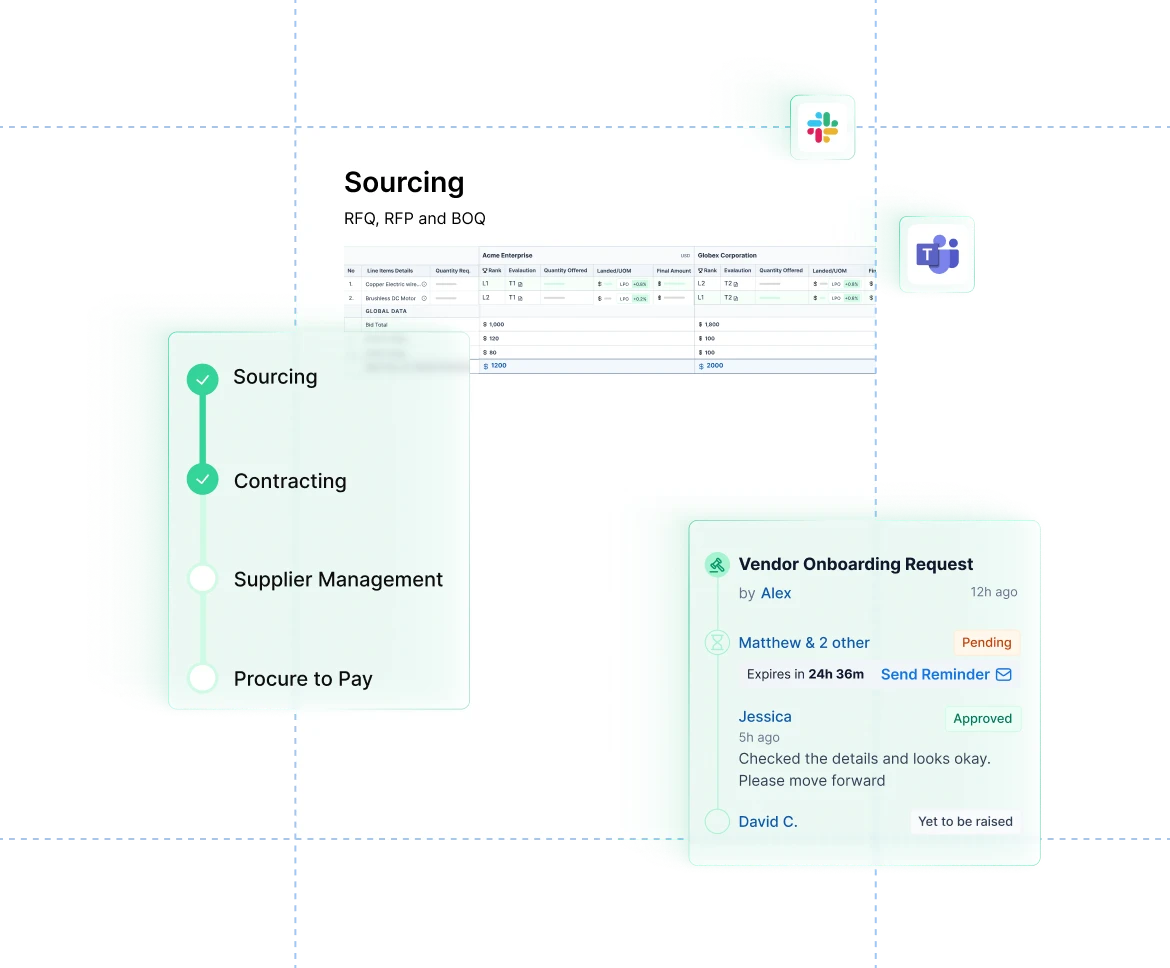

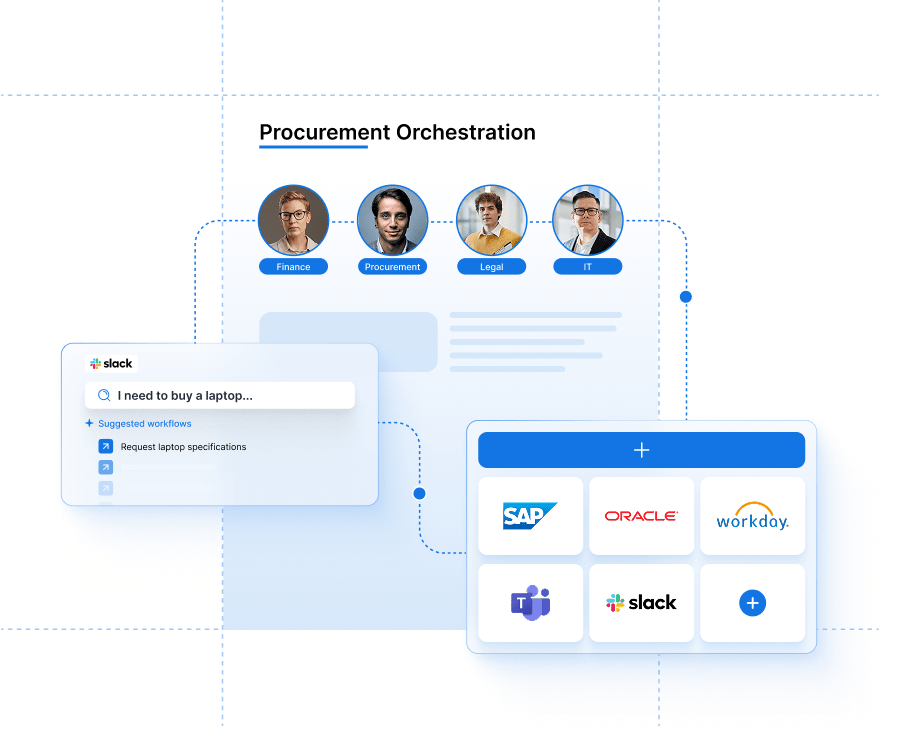
Procurement success, straight from the leading procurement teams
Explore how global leaders are leveraging procurement tools to drive operational efficiency
AI Agents
AI-powered procurement platform that thinks ahead
Seamless procurement through AI innovation
Autonomous sourcing
Autonomous sourcing to automate intake-to-award, with an auto-negotiation agent for effortless deals and cost-saving.
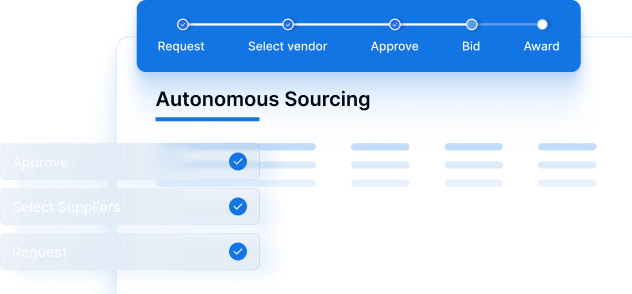
AI RFP generator
Automate your RFP creation process, saving time and enhancing accuracy.
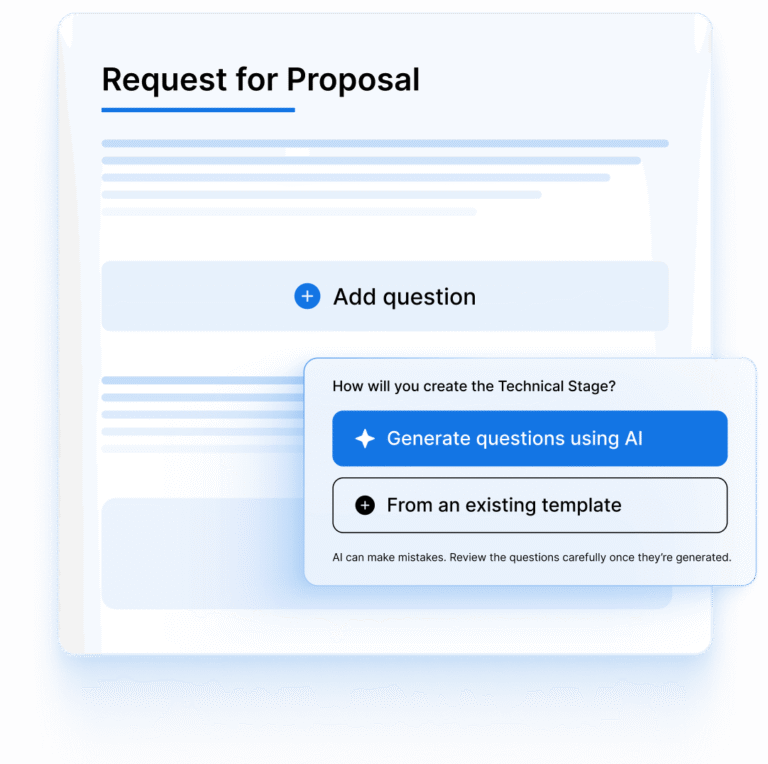
AI-powered intake assistant
Simplify and automate procurement requests with an intelligent intake bot for faster adoption.
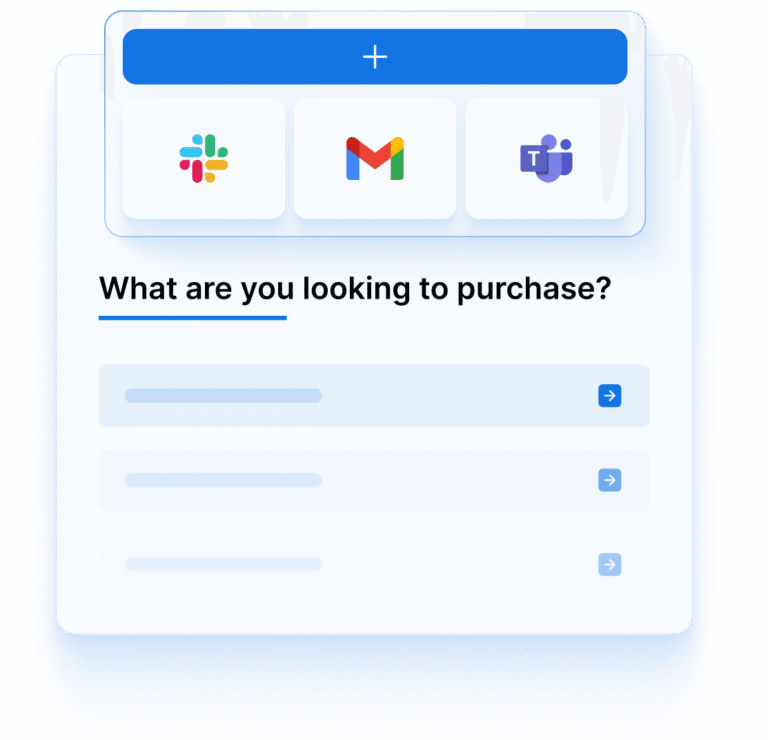
AI predictive & spend analytics
Unlock spend patterns, anticipate trends, and make data-driven decisions to boost efficiency, maximize savings, and ensure compliance.

Supplier analytics & auto scoring
Leverage supplier analytics and automated vendor scoring for smart decisions and smarter procurement
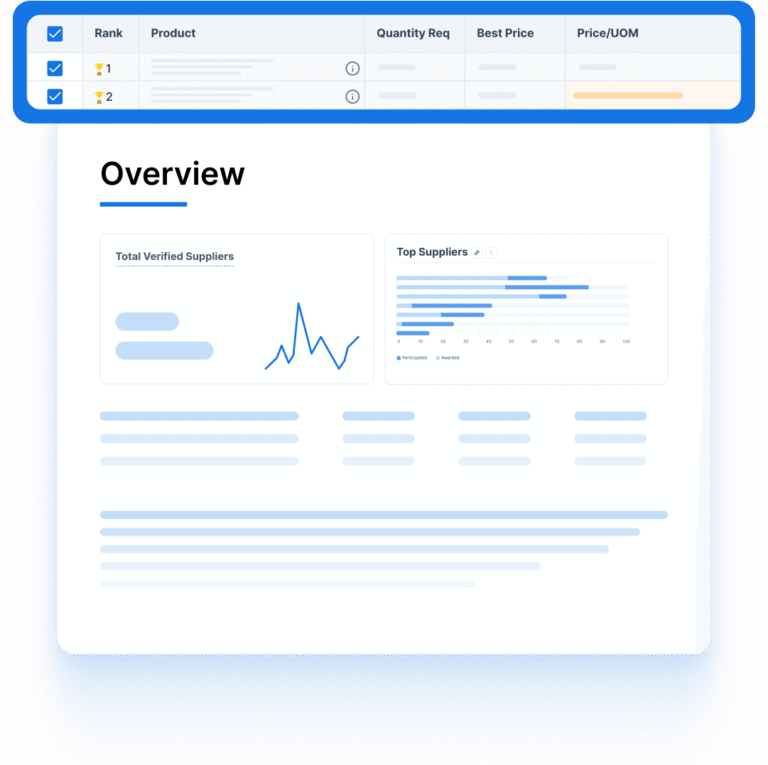
Procurement software: Powerful enough to scale. Simple enough to adopt.

Integrated procurement systems one platform, complete control
Procurement app that works with your existing workflow.
Procurement management software: Recognized by leaders, Loved by customers
Accelerate your digital transformation journey with our procurement system
Recognized as a leader in procurement software
Recognized leader in e-procurement

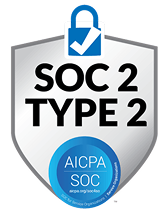

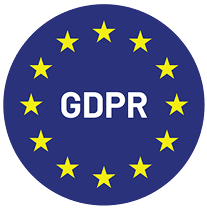
Featured in leading publications






FAQs about procurement software
Everything you should know about procurement platforms
What is a procurement system?
A procurement system is a distinct yet streamlined process created by an organization to purchase goods and services from third-party vendors or suppliers. It includes the company’s entire procurement cycle. Be it creating requisitions, managing bids, undergoing vendor selection to order placement, delivery tracking, or payment processing. With an ideal e-procurement system, companies can digitize this process using specialized procurement software platforms and improve transparency and cost control with suppliers.
What is an example of a procurement system?
For example, you own a construction business. Now, the business requires some heavy machinery and parts. Hence, you look for suppliers for the same. Ideally, you would first contact multiple suppliers, convey your requirements, and then get quotations from the suppliers with the best competitive prices and quality standards. Once you get quotations from the listed suppliers, you compare and select the best based on price, logistics cost, machinery quality, delivery and return terms, negotiate deals for better pricing, inculcate sustainable relationships, and bring them on board.
What are the 4 types of procurement?
There are 4 main types of procurement:
- Direct procurement- This type of procurement involves purchasing raw materials required to produce an end product for an organization. However, with this type of procurement software, requirements vary from industry to industry. For example, manufacturing industries require raw materials and machinery to produce new products; similarly, retailers buy from multiple wholesalers to resell the items to customers in their region.
- Indirect procurement– This type of procurement includes goods and services purchased to fulfill an organization’s day-to-day operations. However, they do not contribute directly to the company’s net income. For instance, maintenance services and equipment, marketing campaigns, consulting, office supplies, training services, etc., do not directly contribute to the end product. Modern procurement systems streamline these recurring purchases through automated workflows.
- Services procurement- This type primarily focuses on acquiring people-based services such as professional services, contractors, and consultants. Procurement solutions in this category often include features for statement of work management, time tracking, and deliverable monitoring.
- Goods procurement- This type relates to acquiring physical items, products, and software subscriptions. This e-procurement system is helpful when you have strong vendor management, catalog management, and order tracking functionalities.
What are the 7 stages of procurement?
There are 11 steps to the procurement process:
- Identifying requirements for the goods and services
- Making an official purchase request for the goods or services
- Check and approve the purchase request, ensuring enough money is in the budget
- Assessing and picking vendors based on company needs, looking at quality, cost, delivery times, and the supplier’s past performance
- Negotiating a contract, picking one that fits the budget, and discussing contract details
- Sending a purchase order form to the chosen supplier and tracking the delivery
- Receiving the delivered goods and checking the items to ensure everything matches what was ordered
- Comparing documents/invoices for payment
- Sending payment to the vendor as agreed in the contract terms
- Comparing the items received, the supplier bill, and the order form to ensure everything matches up.
- Keeping a record to help with audits
What is procurement software?
Procurement software transforms the purchasing lifecycle of an organization by digitizing all stages. Right from initial vendor selection to payment settlement. The best procurement software will ensure it streamlines cost management, automates vendor relationships, and enforces purchasing controls. Organizations leverage procurement automation tools to enhance spending visibility, accelerate purchase-to-pay cycles, and establish standardized procurement management software practices that drive operational efficiency and strategic value.
Which procurement software is best?
Procol offers the best procurement software in the market. What makes it a leading procurement software provider or an ideal procurement solutions company is its intuitive and customizable procurement technology that has been securely deployed globally. Procol’s procurement management software has helped many organizations reduce costs, digitize procurements, and improve compliance by replacing emails and Excel workflows with the world’s most easy-to-use and secure procurement platform.
Is ERP procurement software?
No, ERP is not specifically a procurement software. ERP (Enterprise Resource Planning) systems are integrated business management solutions that coordinate with multiple organizational functions within one platform. While having procurement software capabilities is a significant component, ERP platforms handle diverse business processes, including financial management, human resources, manufacturing, inventory control, and customer relationships.
What are the functions and benefits of procurement software?
- Elimination of Procurement Risks
- Procure-to-Pay (P2P) Cycle
- Reduction in Costs
- Expenditure Analysis
- Management of Risks
- No Manual Errors
- Centralized Management
- Improved Supplier Collaboration
- Scalability and Flexibility
- Enhanced Compliance Management

